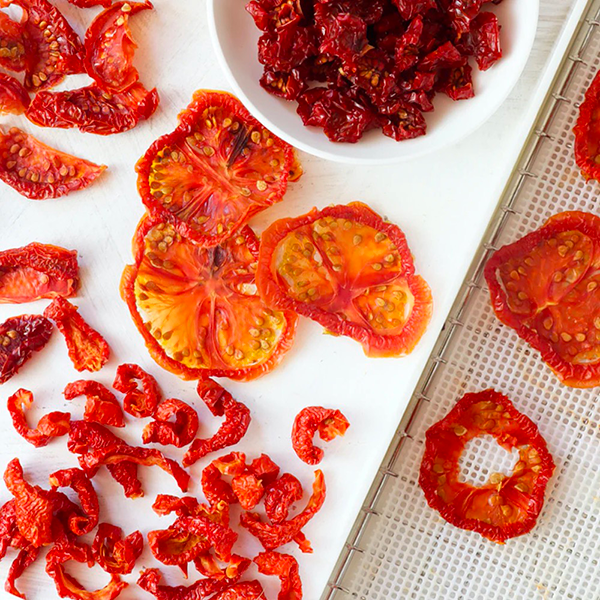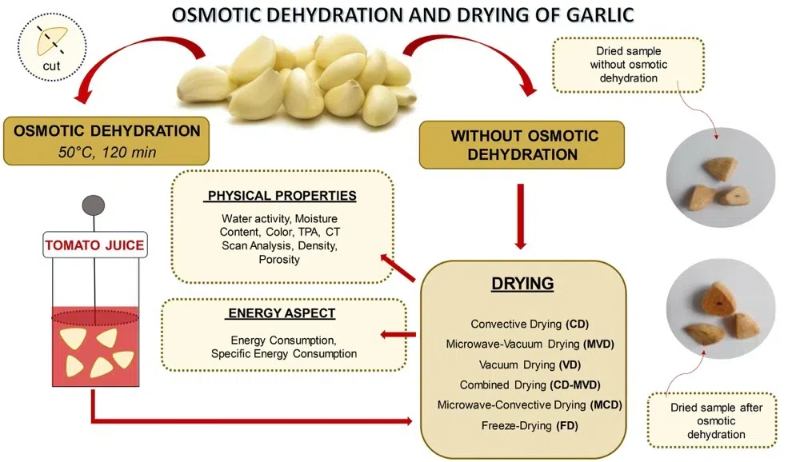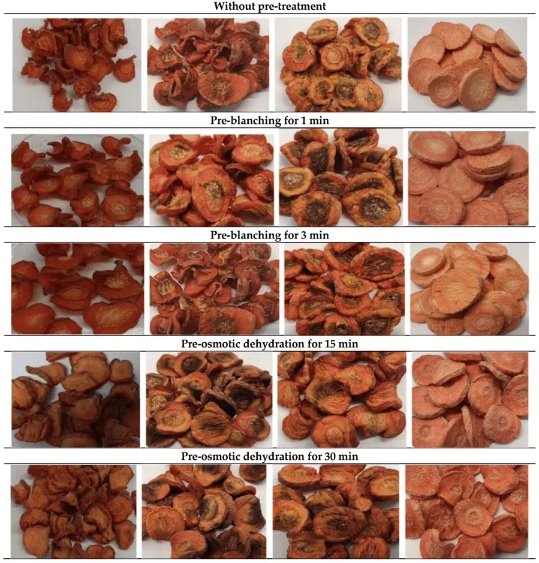Penetration type drying technology is a cutting-edge method used in food drying machines, particularly designed for products that can be stacked together. This technology is renowned for its energy efficiency and ability to dry products evenly, even when they are stacked. In this article, we will delve into the science behind penetration type drying technology, exploring its principles, applications, and benefits.

Introduction to Penetration Type Drying
Penetration type drying machines are designed to handle a wide range of capacities, from 300 to 10 tons, making them versatile for various industrial applications. The core of this technology lies in its patented half-vacuum air duct design, which ensures uniform drying across stacked products. This design not only enhances efficiency but also reduces energy consumption significantly, using only about 25% of the electricity required by traditional dryers.
Key Features of Penetration Type Dryers
1. Energy Efficiency: These dryers are highly energy-efficient, significantly reducing operational costs.
2. Temperature Control: Adjustable temperature settings from 18-80℃ allow for hot drying, cool drying, and dehumidification functions.
3. Product Versatility: Suitable for drying nuts, spices, seeds, beans, coffee beans, and more.
How Penetration Type Drying Works
The process involves circulating heated air through the stacked products using a half-vacuum system. This ensures that air penetrates evenly through the layers, removing moisture efficiently. The system is designed to maintain consistent temperature and humidity levels, which is crucial for preserving the quality of the dried products.
Applications of Penetration Type Drying
Penetration type drying is widely used in the food industry for drying various products such as:
1. Nuts and Seeds: Peanuts, sunflower seeds, pumpkin seeds.
2. Spices: Cardamom, cloves, red pepper.
3. Coffee and Cocoa Beans: Ensures preservation of flavor and aroma.
4. Herbs: Drying herbs like lilac and aniseed.
Benefits of Penetration Type Drying
1. Energy Efficiency: Reduces energy costs by using less electricity compared to traditional methods.
2. Uniform Drying: Ensures consistent drying across all layers of stacked products.
3. Flexibility: Adjustable temperature settings allow for different drying conditions suitable for various products.
4. Space Efficiency: Ideal for large-scale industrial applications where space is limited.

Comparison with Traditional Drying Methods
Traditional drying methods often rely on direct or indirect heat application, which can be less efficient and may not provide uniform drying. In contrast, penetration type drying offers better control over temperature and humidity, ensuring higher quality dried products.
Table: Comparison of Drying Methods
| Feature | Traditional Drying | Penetration Type Drying |
| Energy Efficiency | Lower | Higher |
| Uniformity | Variable | Consistent |
| Temperature Control | Limited | Adjustable |
| Space Efficiency | Lower | Higher |
Future Developments in Drying Technology
As technology advances, we are seeing more innovative methods of drying that focus on minimizing heat application and improving energy efficiency. These emerging technologies are crucial for preserving the quality of heat-sensitive food products and reducing environmental impact.
Emerging Trends in Food Drying
1. Non-Traditional Methods: Techniques like freeze-drying and vacuum drying are gaining popularity for their ability to preserve nutritional content and flavor.
2. Sustainable Practices: Incorporating renewable energy sources into drying processes to reduce carbon footprints.
Case Studies: Successful Implementations
Several companies have successfully implemented penetration type drying technology to enhance their production efficiency and product quality. For instance, a leading coffee bean manufacturer in South America saw a significant reduction in energy costs and improved consistency in the quality of their dried beans after switching to penetration type dryers.
Technical Specifications and Maintenance
To ensure optimal performance, it's crucial to follow the technical specifications and maintenance guidelines for penetration type dryers. Regular cleaning of the air ducts and checking for any blockages in the system are essential to maintain efficiency.
Maintenance Checklist
1. Regular Cleaning: Clean the air ducts and filters regularly.
2. System Checks: Ensure there are no blockages in the air flow system.
3. Temperature Calibration: Periodically calibrate the temperature control system.
Conclusion
Penetration type drying technology represents a significant advancement in food drying, offering unparalleled efficiency and versatility. Its ability to dry products evenly while minimizing energy consumption makes it an attractive option for industrial-scale food processing. As the demand for high-quality dried foods continues to grow, the science behind penetration type drying will play a crucial role in shaping the future of the food industry.

FAQs
1. What is the primary advantage of penetration type drying technology?
Penetration type drying technology offers significant energy efficiency, using only about 25% of the electricity required by traditional dryers, making it highly cost-effective for industrial applications.
2. How does the half-vacuum air duct design contribute to uniform drying?
The half-vacuum air duct design ensures that heated air penetrates evenly through stacked products, removing moisture consistently across all layers.
3. What types of products are suitable for penetration type drying?
Penetration type drying is suitable for a wide range of products including nuts, spices, seeds, coffee beans, and cocoa beans.
4. How does penetration type drying compare to traditional drying methods in terms of temperature control?
Penetration type drying offers adjustable temperature settings from 18-80℃, providing more precise control over the drying process compared to traditional methods.
5. What are some emerging trends in food drying technology?
Emerging trends include non-traditional methods like freeze-drying and vacuum drying, as well as incorporating sustainable practices to reduce environmental impact.
Citations:
[1] https://www.dryeratech.com/penetration-type-dryer-machine.html
[2] https://patents.google.com/patent/CN110207480A/zh
[3] https://www.aimheatpump.com/products-78591
[4] https://patents.google.com/patent/WO2022068971A1/zh
[5] https://iufost.org/iufostftp/IntroDehydrationManual.pdf
[6] https://patents.google.com/patent/CN1405396A/zh
[7] https://www.researchgate.net/publication/287275566_Current_trends_in_drying_and_dehydration_of_foods
[8] https://patents.google.com/patent/CN112481977B/zh











